3 Things to Consider Before Switching Hosting
Original Source: http://inspiredm.com/3-things-consider-switching-hosting/
Inspired Magazine
Inspired Magazine – creativity & inspiration daily
Are you fed up with your current host and now you’re looking for a different provider?
Maybe you found a cheaper host or a faster one or a host that offers some sort of benefit like a website builder.
These are all valid reasons to switch hosting companies, but it’s essential to consider a few things before making the big change.
First of all, no matter how much the host tells you that they’ll do everything for you, some of the work is going to be completed by you. Most notably, your email address transfer.
Some companies don’t have email addresses provided through their host, so those people won’t have to worry about anything. However, it takes some reading, understanding, and frustration to configure your Outlook or other inboxes with the new hosting credentials.
So, start by understanding that moving hosts doesn’t mean you sit back and watch the experts take care of everything. It’s a collaborative process that’ll most likely take a significant amount of time out of your day. After all, you have to communicate all of the logins to your hosting company and walk through the process of setting up your emails.
Some other considerations come into play during your switch from one host to another. If you’re thinking about jumping ship, take a good look at these thoughts so as not to make a rash decision. You may discover a great deal, but if you find out that the new host stinks, it’s a whole separate process trying to get your money back and moving the files to the old host again.
Therefore, keep reading to learn about the things to consider before switching hosting.
1. Is the Host You’re Switching to Considered One of the Best?
Your entire website setup relies on the hosting. The speed, security, management, and control over your site depends on getting a good host. Therefore, it’s extremely important to consider whether or not the world is talking about the new host.
If you can’t find anything on blogs or other online publications, it’s probably not a good idea to risk your website with the host.
The best hosting companies get mentioned all the time on “best of” lists, where the articles break down why they’re so good, based on criteria like speed, uptime, and customer support.
You’ll also learn more details about the hosts, considering most hosting company websites have extremely salesy and confusing information. So, instead of looking through hosting website sales copy, you’re at an extreme advantage checking out reputable blogs that talk about hosting, blogging, and building website.
As you peruse the internet for reviews, seek out articles that reveal critical, unbiased information about those hosts. If you start seeing your prospective host in these lists as quality options, you’ll most likely have enough information to pull the trigger.

For instance, I like to see some of the following in the articles:
The cost – It’s great when the author showcases all hosting plans from each company. We also like to see how long you have to prepay in order to get a certain rate. The reason for this is because most hosts market their lowest price on the website, but then you’ll discover you have to pay for something like two or three years in advance to get that monthly rate.
Money back guarantees – Although the goal is to locate a great host so that you don’t have to leave again, it’s important to find articles that highlight money back guarantees. This way, you know how long you have to get a full refund.
Load time – If the author didn’t at least complete a little research on load time I’d skip the article altogether. Why? Because hosting has a strong effect on how fast your website loads up to customers. The speed affects SEO and how often users leave your site without looking at anything.
Uptime – This is in the same category as load time, but it’s more about whether or not your site is going to randomly crash because of server problems. Most often the uptime for a host is close to 100%, but it’s good to check in the hosting reviews to see if anyone else has experience uptime problems.
2. Are You Getting Swindled?
Let’s face it, most brands and individuals looking into hosting think about pricing before security or speed. It’s not the way it should be, but budgets are a real thing.
Therefore, it’s ideal to find some of the cheapest pricing you can for a host. The only problem is that when you see hosts selling for less than a dollar, or somewhere around that, there’s a chance you’re getting swindled out of your money and placed on an easily hacked, unsafe server.
In addition, you might find that these super cheap hosts operate in a bad IP neighborhood, and this means that Google will most likely punish your site in return.
Along with rough downtime and bad support, your best bet is to avoid situations like these.
For example, some of the cheapest Aussie Hosting options are pretty bad. However, you can find quality shared and VPS hosting in that region without having to spend too much money. This is especially the case if you’re a blogger or small business owner who doesn’t initially expect to see much traffic coming to the site.

3. How’s the Customer Support?
When transferring from one host to another, the customer support comes into play quite often.

It’s also essential to have a phone line, live chat, and email address to contact the host after everything has been moved over. After all, you’re bound to encounter troubles with your site files. When that happens, you need someone to talk to.
Are You Ready to Switch Hosting?
Okay, so you’ve evaluated whether or not your future host is considered one of the best, checked to make sure you’re not getting swindled, and made sure that the customer support is pretty good.
Once you’ve walked through those steps you should have no problem switching over to the new host. Good luck!
header image courtesy of Alexey Kuvaldin
This post 3 Things to Consider Before Switching Hosting was written by Inspired Mag Team and first appearedon Inspired Magazine.










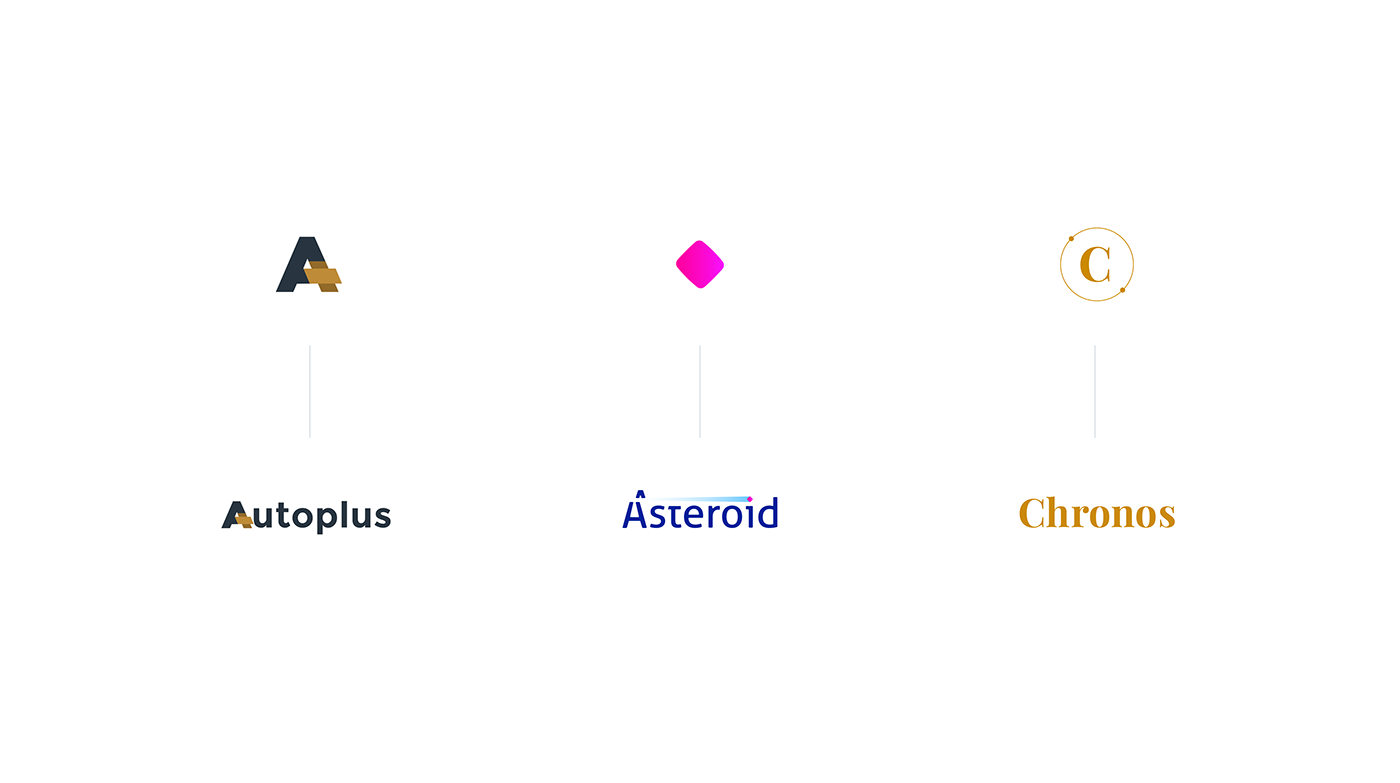

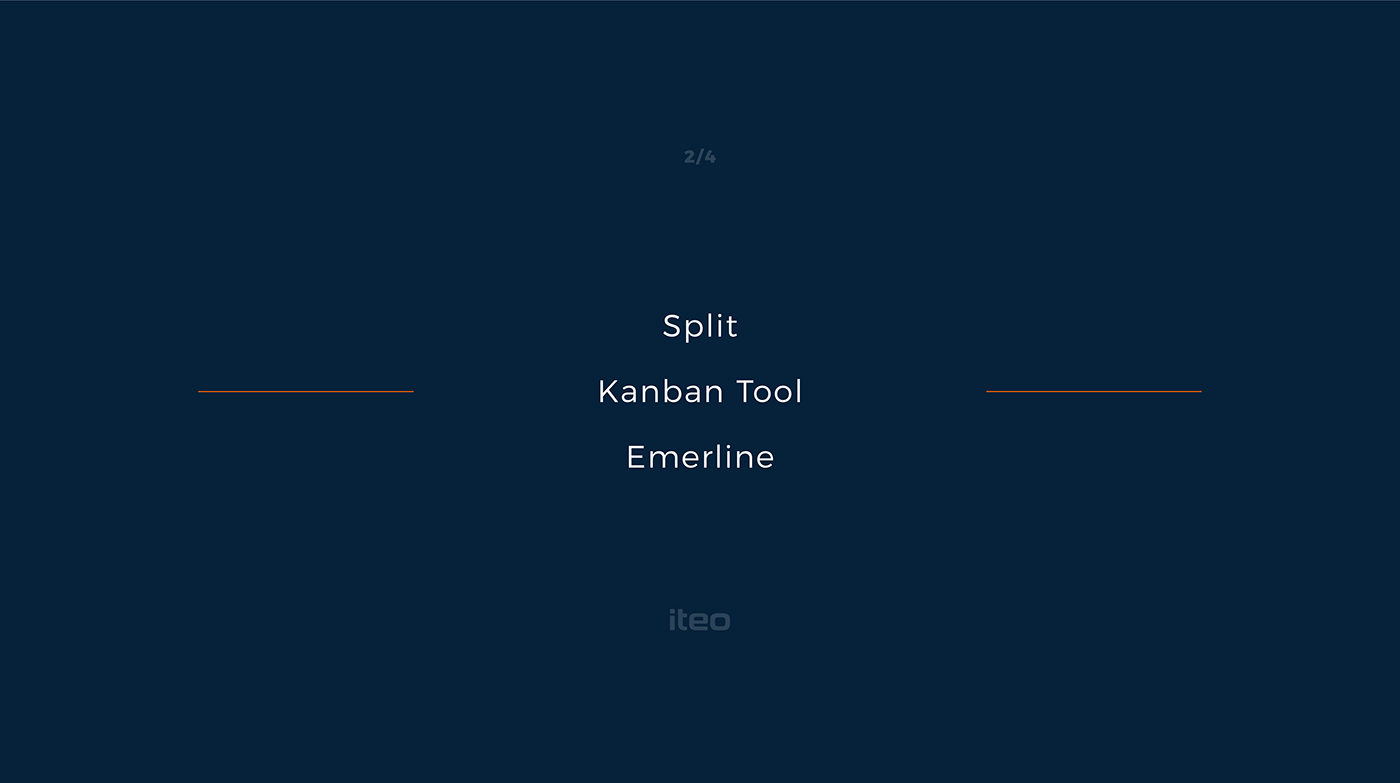


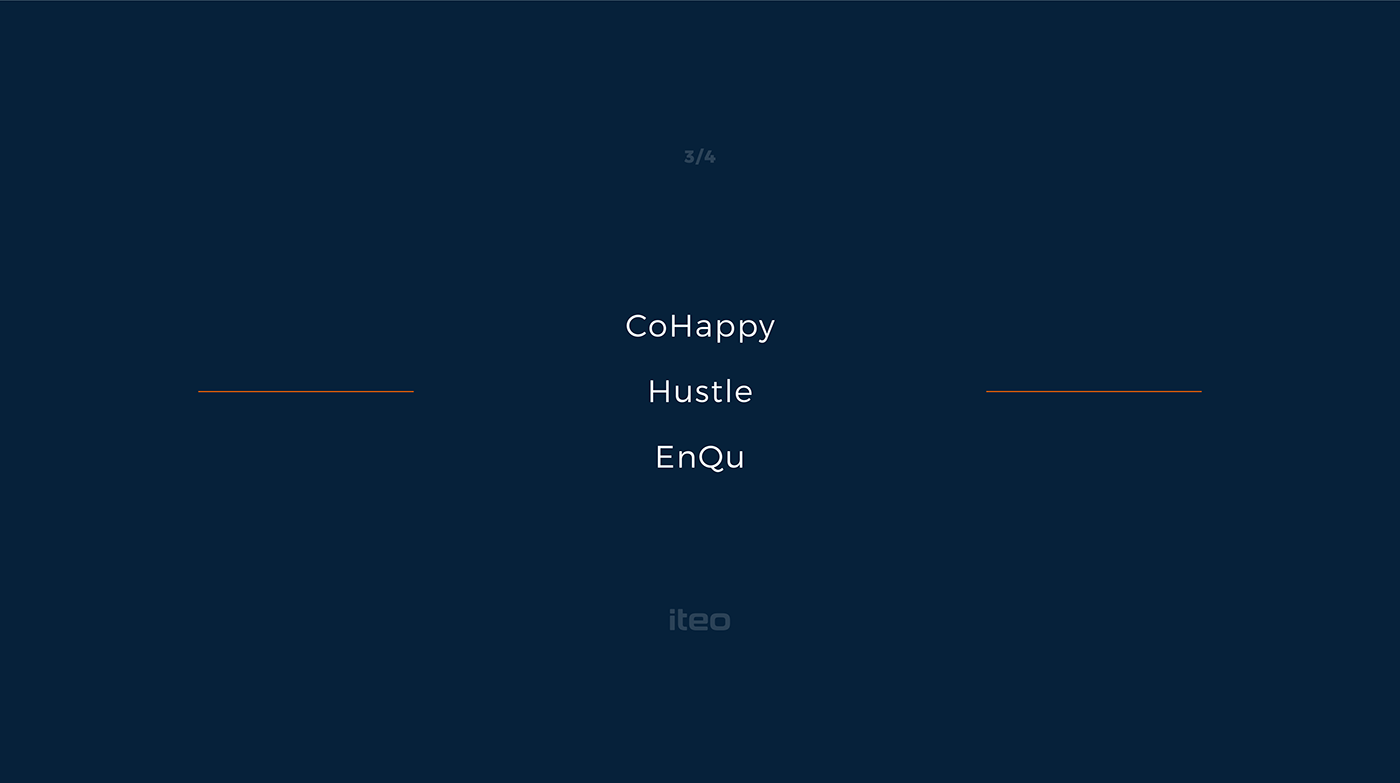
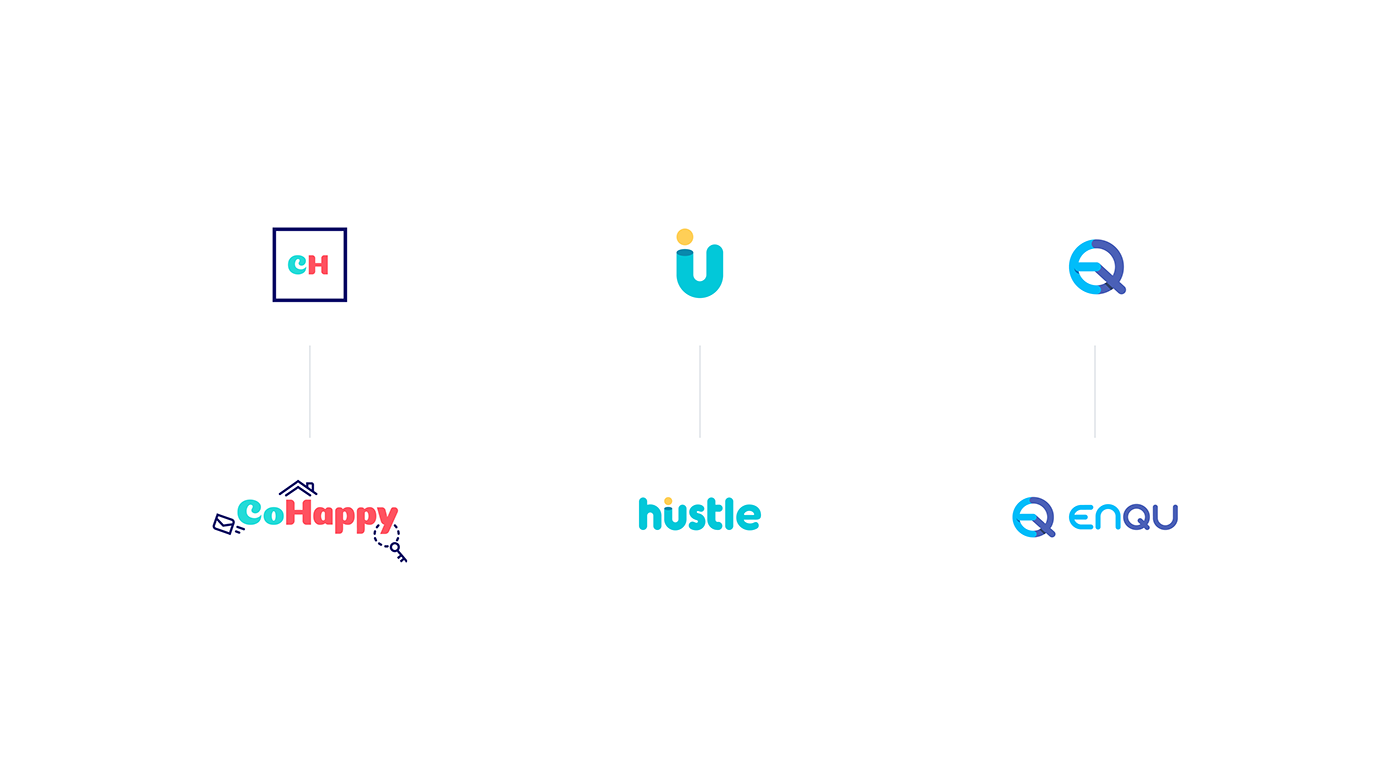




 I might have noticed a trend or two in web design this last year.
I might have noticed a trend or two in web design this last year.











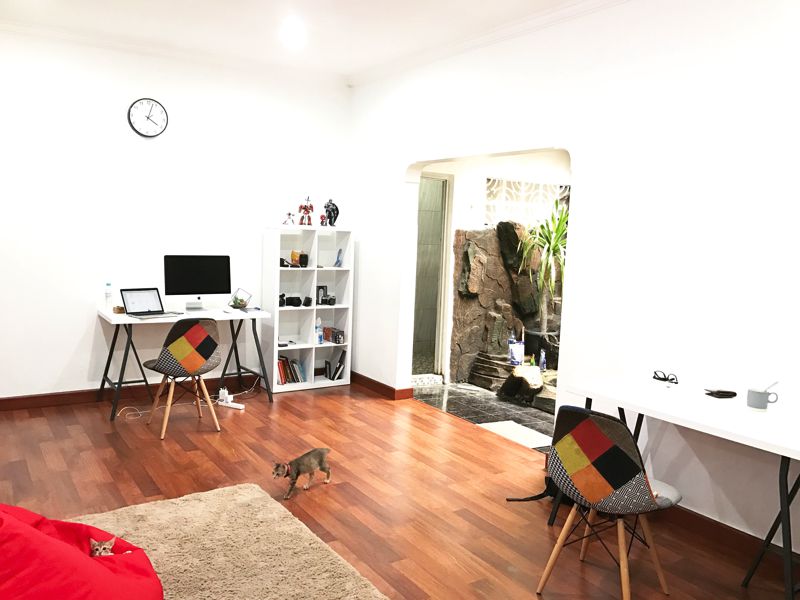
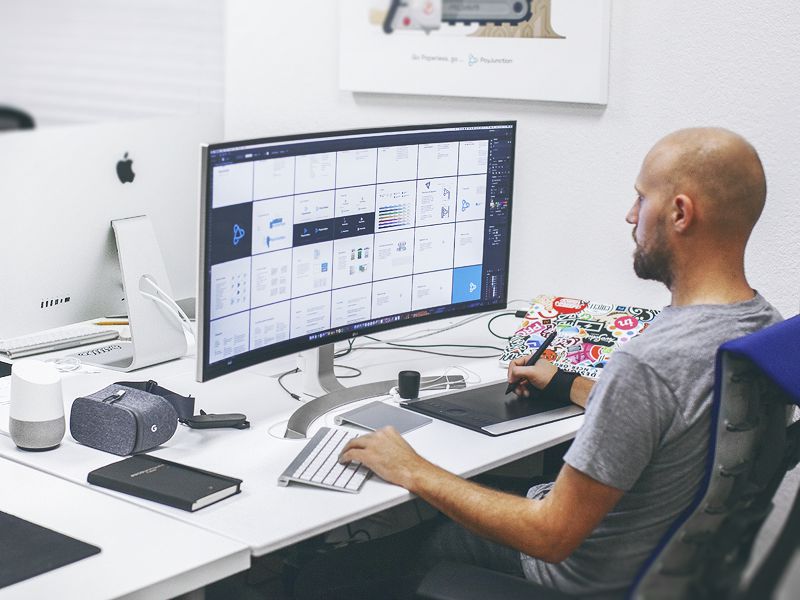

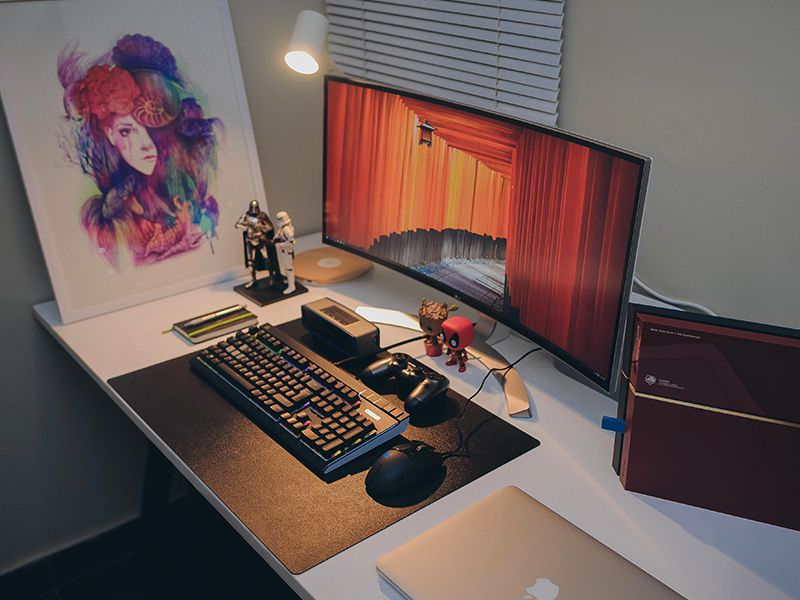
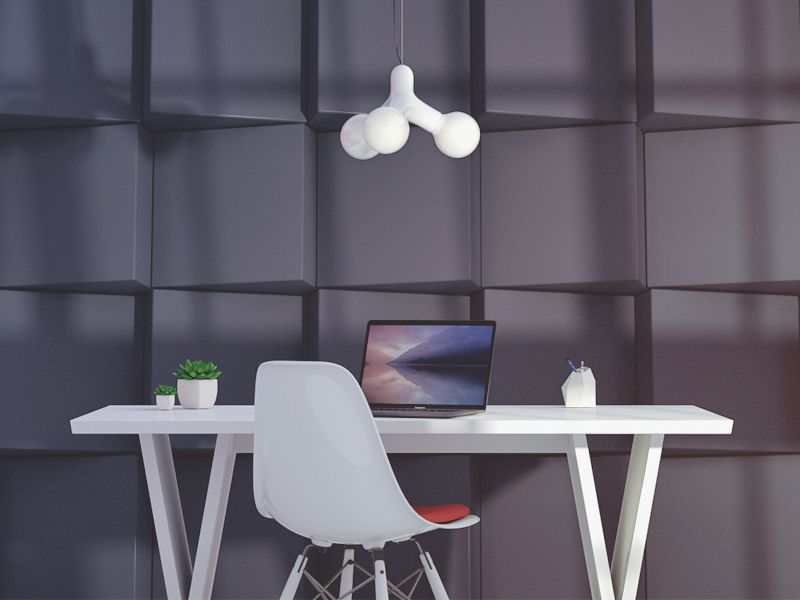
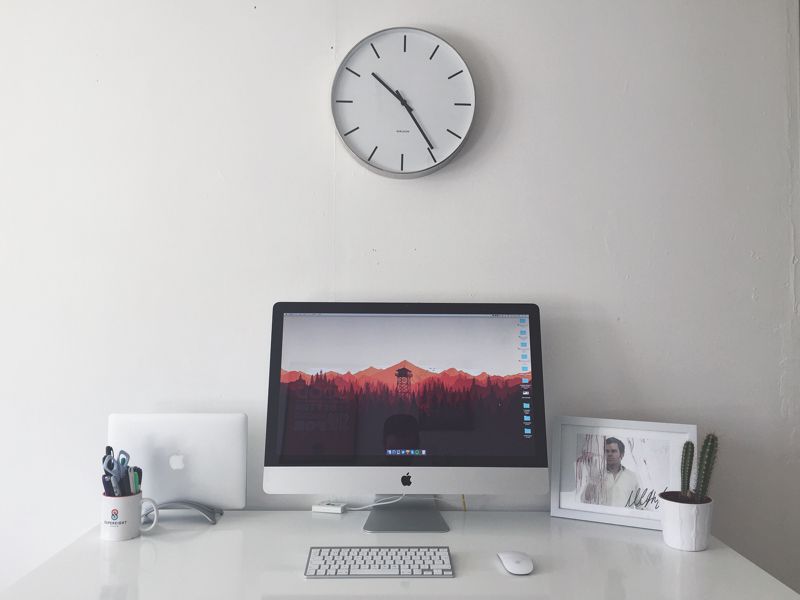
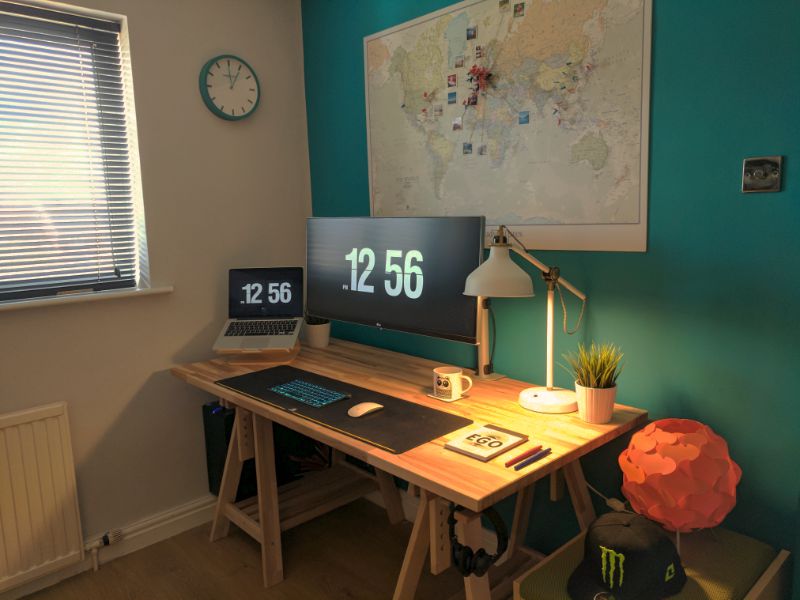
 Businesses looking for online marketing and web services are rarely looking for one provision. Typically, they are looking for an agency that can act as a one-stop-shop for all their internet-based projects.
Businesses looking for online marketing and web services are rarely looking for one provision. Typically, they are looking for an agency that can act as a one-stop-shop for all their internet-based projects.



